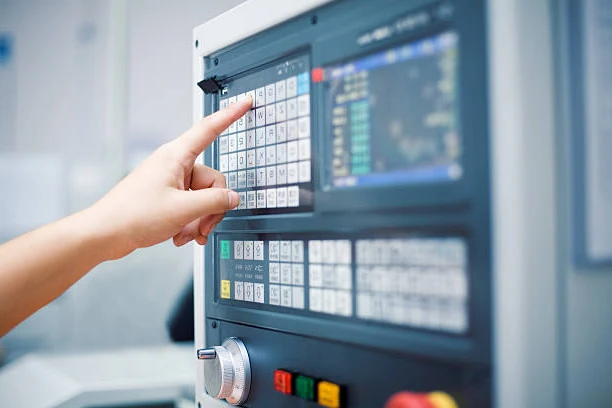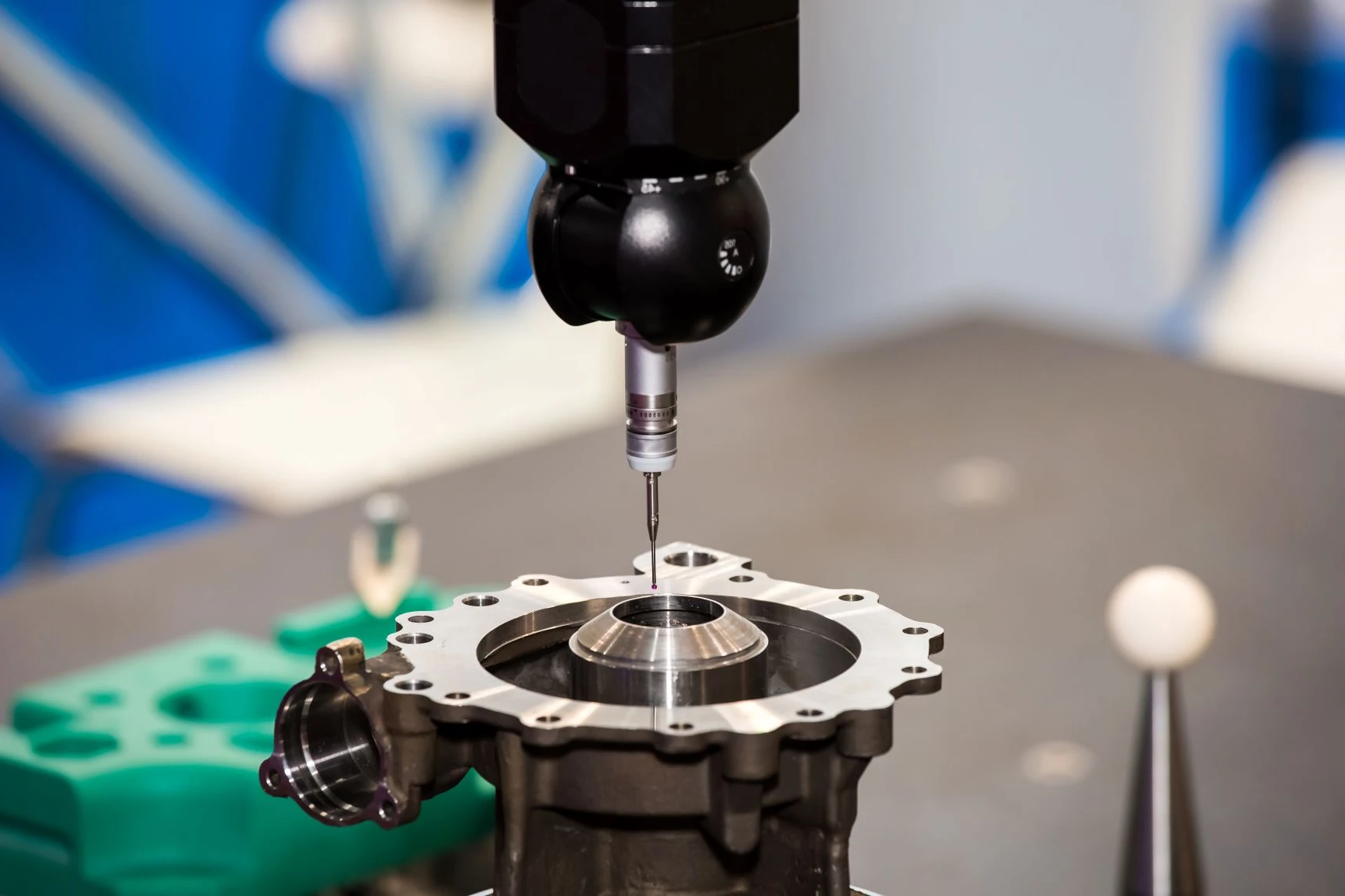Fundamentals of CNC Operation
Control Systems
CNC machines interpret G-code instructions to coordinate multi-axis movements with sub-millimeter precision. Understanding coordinate systems, work offsets, and machine kinematics is fundamental to programming effective toolpaths.
Tooling Selection
Choosing the right cutting tool involves considering material properties, desired surface finish, cutting speeds, and feed rates. End mills, face mills, drills, and specialized tools each serve specific purposes in the machining process.
Cutting Parameters
Optimizing spindle speed, feed rate, and depth of cut directly impacts part quality, tool life, and production efficiency. These parameters must be calculated based on material hardness, tool geometry, and machine capabilities.
Understanding G-code: The Language of Machines
G-code serves as the universal language that CNC machines understand. Each line of G-code represents a specific instruction — moving the cutting tool to coordinates, changing spindle speed, selecting tools, or activating coolant systems. While modern CAM (Computer-Aided Manufacturing) software generates G-code automatically, understanding the underlying code enables troubleshooting, optimization, and creative problem-solving.
A typical G-code program contains several key elements:
- G00 – Rapid Positioning: Moves the tool quickly to a position without cutting
- G01 – Linear Interpolation: Cuts in a straight line at a specified feed rate
- G02/G03 – Circular Interpolation: Creates arcs and circles
- M-codes: Machine functions like spindle on/off, coolant, tool changes
- F-code: Feed rate specification
- S-code: Spindle speed in RPM
At NeoFab Academy, students progress from hand-writing simple G-code programs to using professional CAM software while maintaining a solid understanding of the underlying machine instructions.

Machine Coordinate Systems
Every CNC machine operates within a defined coordinate system. Understanding the relationship between machine coordinates, work coordinates, and tool offsets is crucial for accurate machining.
Machine Home Position: The absolute reference point (0,0,0) established during machine homing. All movements ultimately reference this position.
Work Coordinate System: A coordinate system defined relative to the workpiece, allowing programmers to define part geometry without knowing the exact machine position of the stock material.
Tool Length Offset: Compensates for different tool lengths, ensuring consistent Z-axis positioning regardless of which tool is loaded.
Properly setting up coordinate systems prevents crashes, ensures dimensional accuracy, and simplifies programming for complex multi-setup operations.
